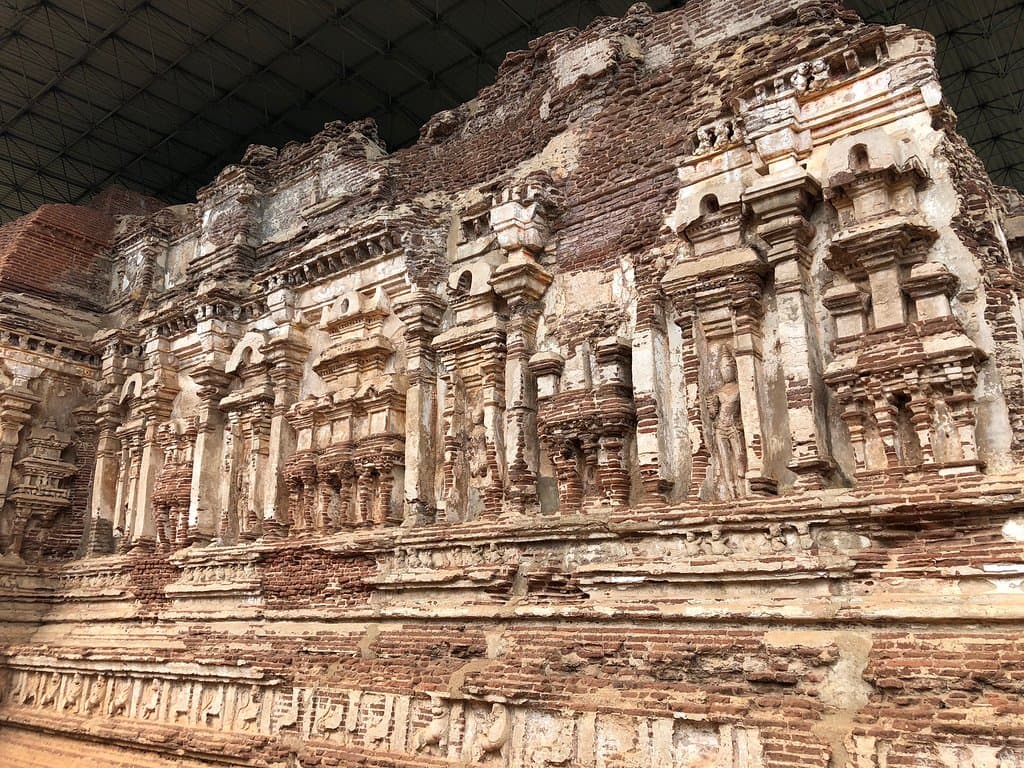
Tivanka Image House Polonnaruwa
Discover the Thivanka Image House, a 12th-century marvel in Polonnaruwa, famed for its rare frescoes and unique 'three-bend' Buddha statue.
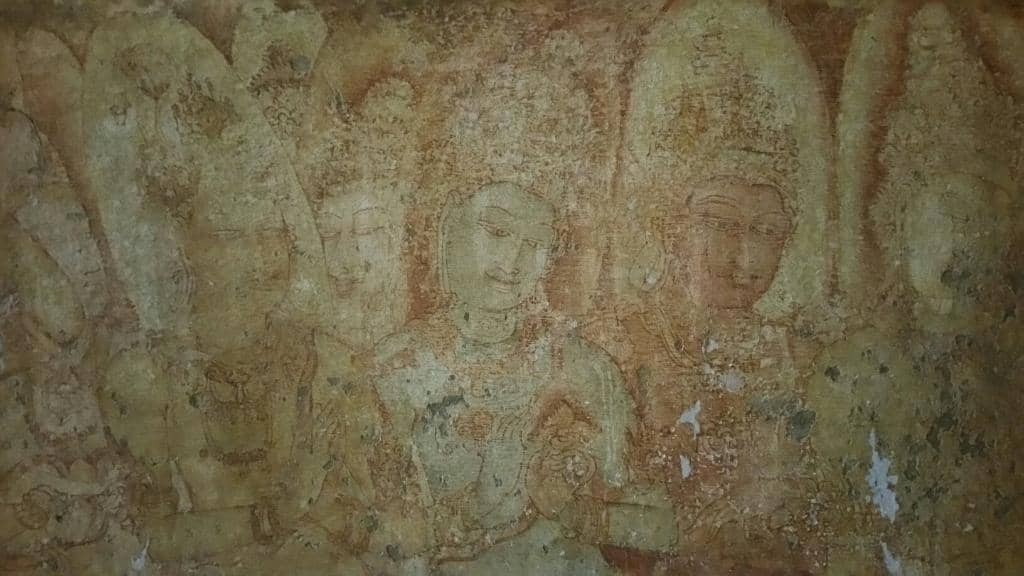
Highlights
Must-see attractions

Social
From TikTok & Reddit
Best Time
Softer light for murals

Tivanka Image House Polonnaruwa
Best Time
Softer light for murals

Highlights
Must-see attractions
Discover the Thivanka Image House, a 12th-century marvel in Polonnaruwa, famed for its rare frescoes and unique 'three-bend' Buddha statue.
"A true hidden gem with surviving 12th-century murals and a unique Buddha statue."
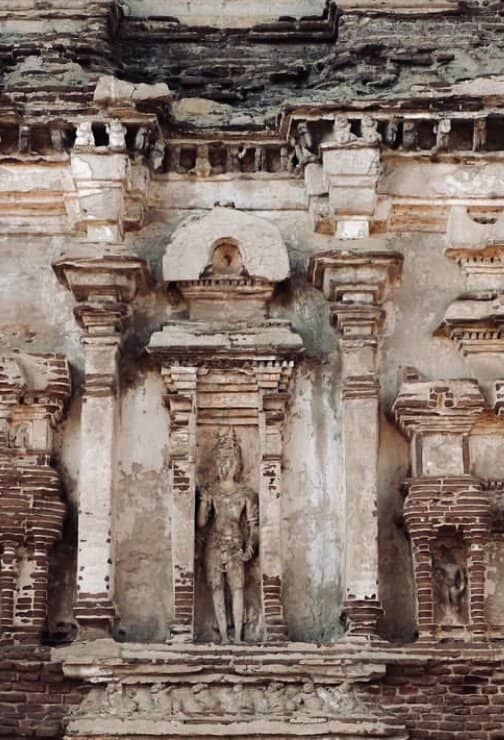
🚫 No Flash Photography
Protect the ancient murals! Flash can damage them. Capture the beauty respectfully.
🚶♀️ Explore the Details
Don't miss the unique dwarf sculptures on the exterior walls; some have amusing details!
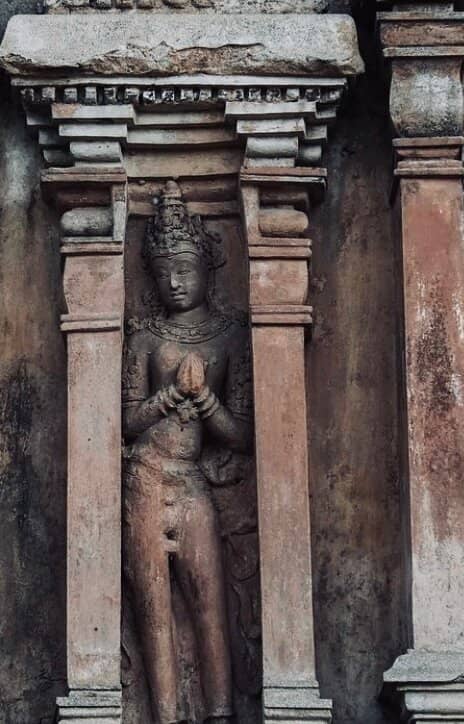
Highlights
Discover the most iconic attractions and experiences
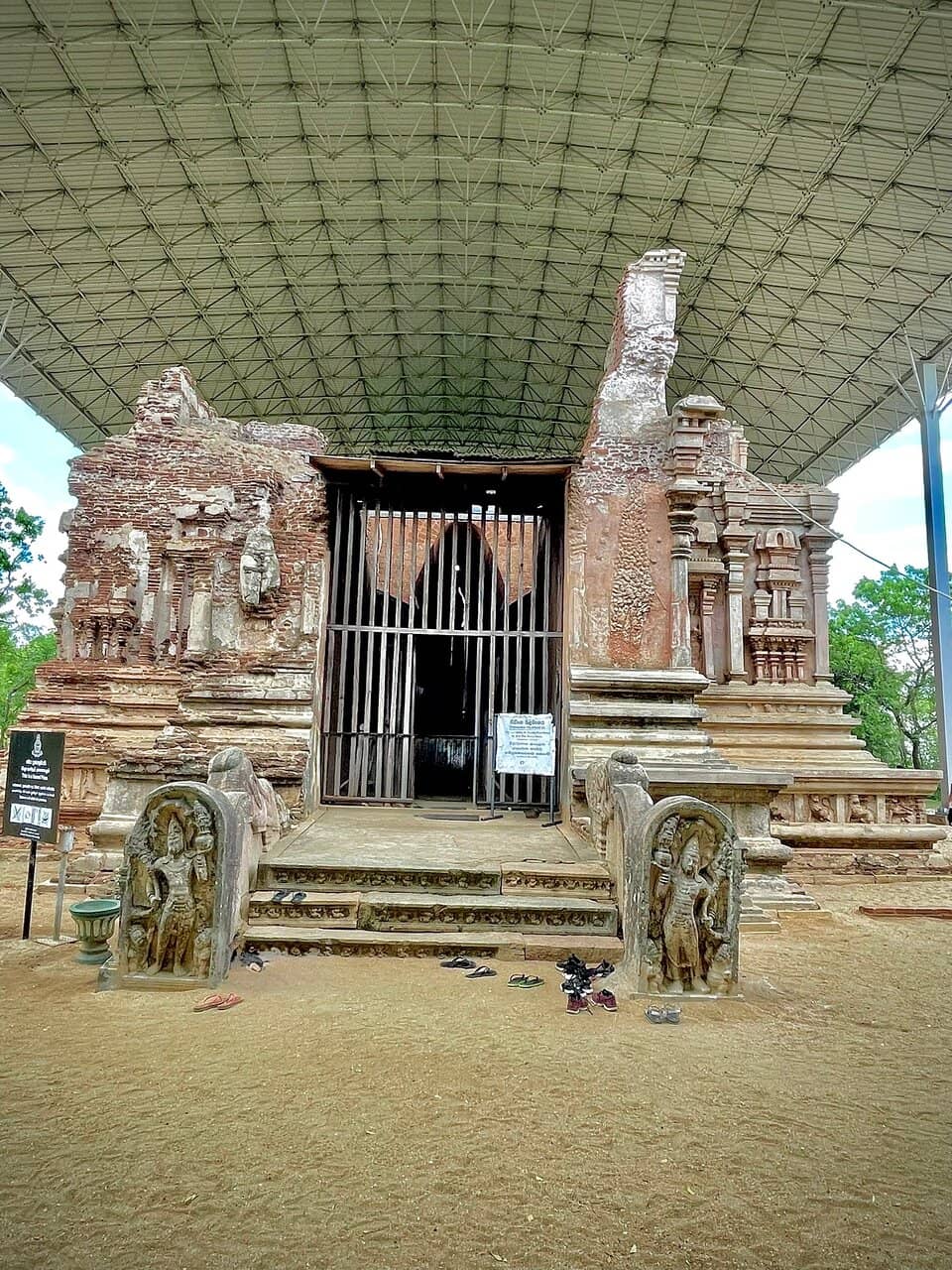
Ancient Frescoes
Interior walls
Marvel at surviving 12th-century murals depicting Jataka tales with vibrant, natural pigments.
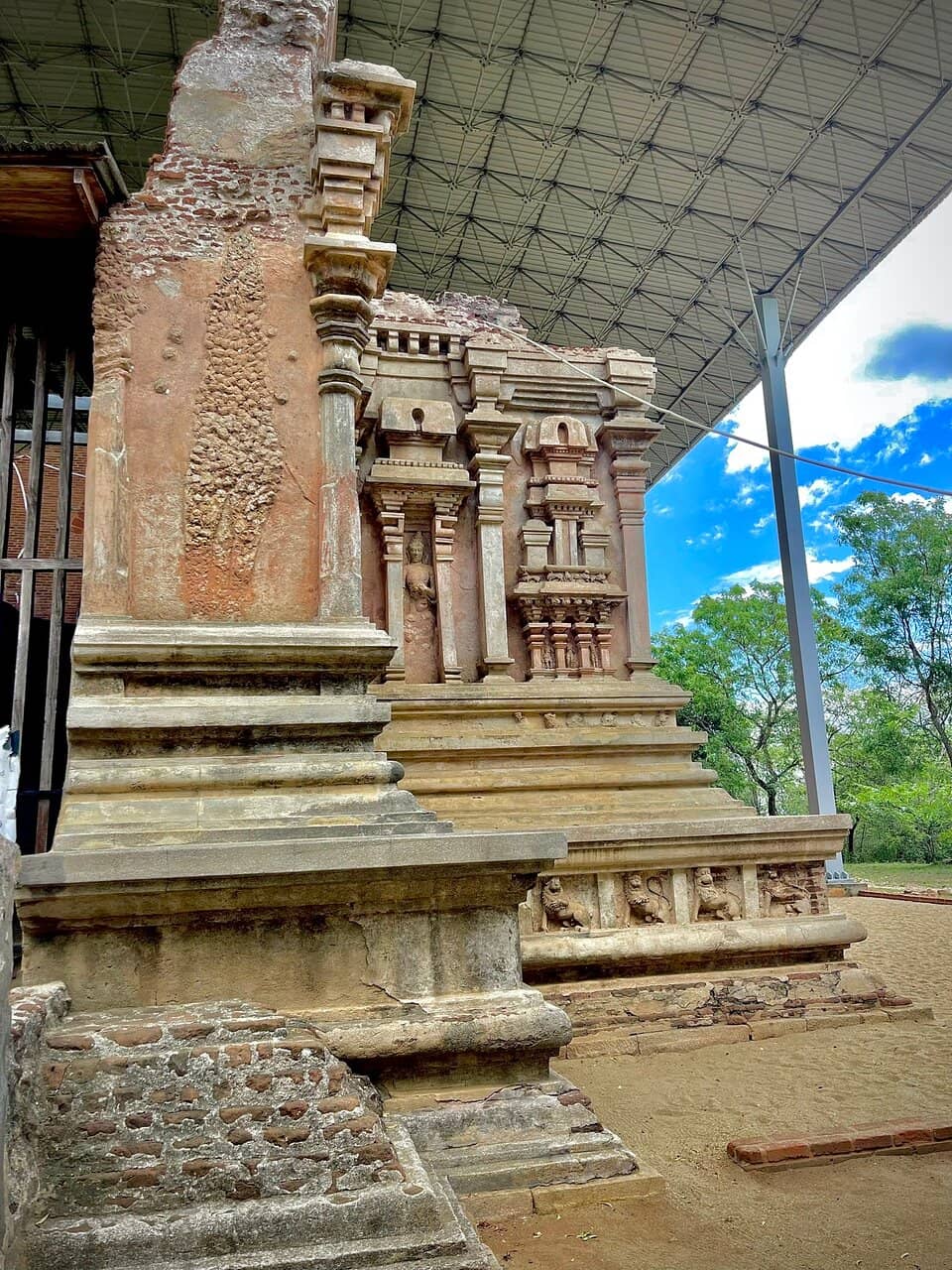
The 'Thivanka' Buddha Statue
Main chamber
Admire the unique standing Buddha statue, gracefully bent at three points: neck, waist, and knees.
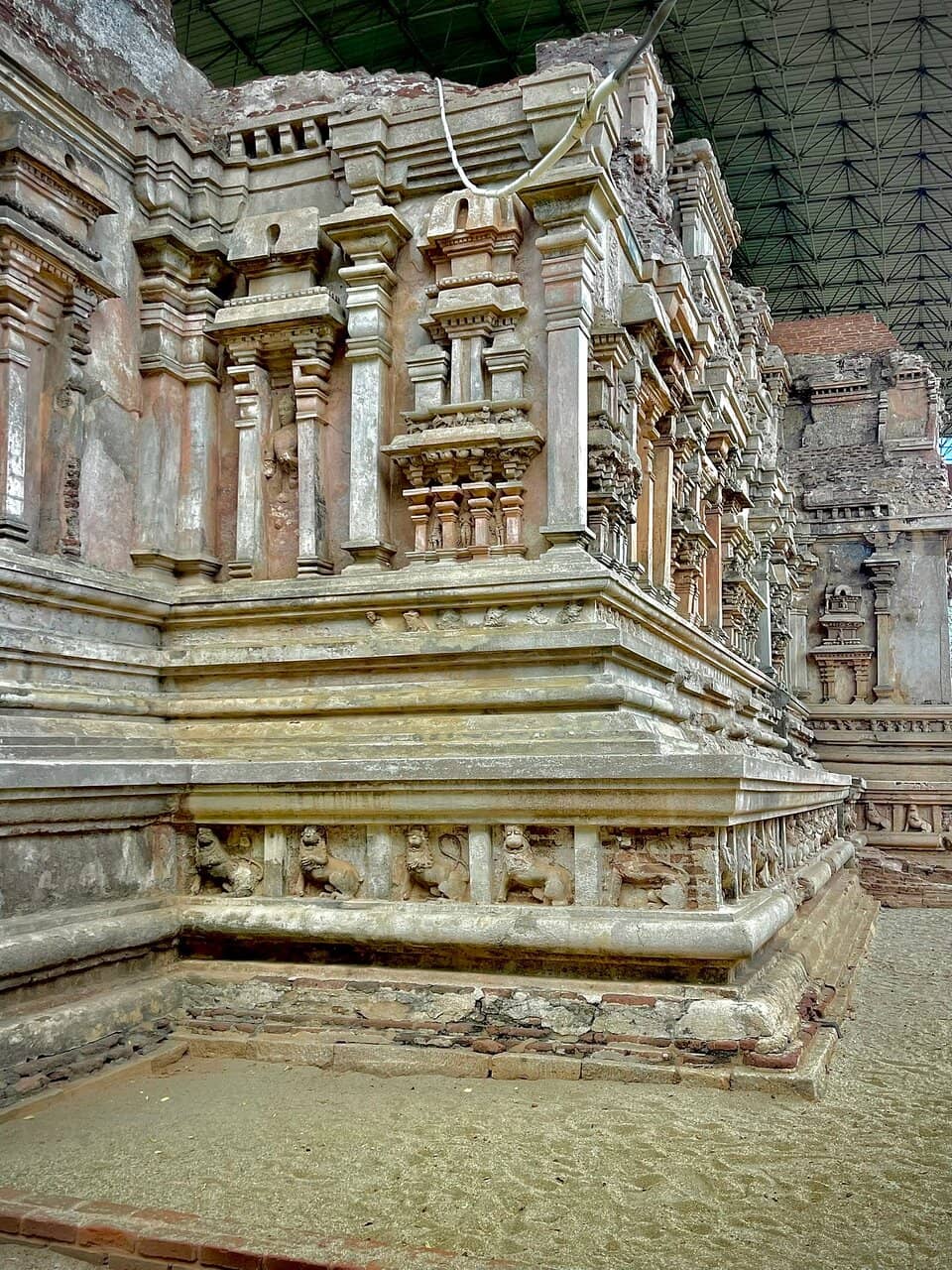
Dwarf Sculptures
Exterior walls
Discover intriguing sculptures of Vamana (dwarfs) adorning the exterior walls, some with playful details.
Plans like a pro.
Thinks like you
Planning Your Visit
Timing is Key for Murals
Respectful Photography
Best Times
Insider Tips
from TikTok, Instagram & Reddit
🚫 No Flash Photography
Protect the ancient murals! Flash can damage them. Capture the beauty respectfully.
🚶♀️ Explore the Details
Don't miss the unique dwarf sculptures on the exterior walls; some have amusing details!
⏳ Allow Ample Time
While not the largest site, take time to truly appreciate the art and history within.
💧 Stay Hydrated
Polonnaruwa can get hot. Carry water, especially if exploring other ruins nearby.
Tips
from all over the internet
🚫 No Flash Photography
Protect the ancient murals! Flash can damage them. Capture the beauty respectfully.
🚶♀️ Explore the Details
Don't miss the unique dwarf sculptures on the exterior walls; some have amusing details!
⏳ Allow Ample Time
While not the largest site, take time to truly appreciate the art and history within.
💧 Stay Hydrated
Polonnaruwa can get hot. Carry water, especially if exploring other ruins nearby.
What Travellers Say
Reviews Summary
Visitors praise Thivanka Image House as a hidden gem within Polonnaruwa, particularly for its well-preserved 12th-century murals and the unique 'Thivanka' Buddha statue. The intricate details of the frescoes and the intriguing dwarf sculptures on the exterior are frequently highlighted as memorable features. While the roof is gone, the remaining structure and artwork offer a profound glimpse into Sri Lanka's artistic and spiritual past.
"Thivanka Pilimageya is a true hidden gem in the ancient city of Polonnaruwa, built by King Parakramabahu I in the 12th century. The name “Thivanka” means three bends, referring to the unique posture of the Buddha statue inside, which gracefully bends at three points — a rare and fascinating sight in Sri Lankan art.
The temple’s interior walls are adorned with some of the finest surviving Polonnaruwa-era murals, depicting Jataka stories with intricate detail and vibrant natural pigments. These paintings, though centuries old, still carry a sense of life and devotion, offering a glimpse into the spiritual and artistic brilliance of the time.
Set amidst the UNESCO World Heritage landscape, Thivanka Pilimageya is not just a religious site, but a living museum of our history, architecture, and creativity. A must-visit for anyone exploring Polonnaruwa’s ancient wonders."
Dilma
"Thivanka Pilimage (Thivanka Image House) is a remarkable Buddhist shrine located in Polonnaruwa, Sri Lanka. The name “Thivanka” means “thrice bent,” referring to the unique standing Buddha statue inside, which is bent at three places
the neck, waist, and knees
a traditional pose in Sri Lankan Buddhist art.
This image house was built by King Parakramabahu the Great in the 12th century and is famous for its well-preserved brick structure and stunning frescoes on the inner walls. These murals, though faded with time, are some of the best surviving examples of ancient Polonnaruwa-era painting, depicting scenes from the Jataka tales (stories of the Buddha’s past lives).
Though the roof is no longer intact, much of the structure remains, showcasing the grandeur and spiritual richness of medieval Sri Lankan architecture. Thivanka Pilimage is a must-visit site for anyone interested in history, religion, and ancient art."
S L
"I love the paintings inside and the friezes. The dwarfs are different and two of them I found were flashing their bottoms.
Remember not to use flash photography."
Tan Khoon Kiat
What People Like
What People Dislike
Frequently Asked Questions
🚇 🗺️ Getting There
Thivanka Image House is located within the ancient city of Polonnaruwa, a UNESCO World Heritage site. You can reach Polonnaruwa by bus or train from major cities like Colombo or Kandy. Once in Polonnaruwa, hire a tuk-tuk or rent a bicycle to explore the ancient ruins, including the Thivanka Image House. Many visitors combine it with other sites like the Royal Palace and the Quadrangle.
Yes, Thivanka Image House is part of the main Polonnaruwa archaeological park. It's well-signposted and accessible by foot, bicycle, or tuk-tuk once you've entered the park. The paths are generally well-maintained, making it easy to navigate between different structures.
Many travelers opt for bicycles or tuk-tuks to explore the vast Polonnaruwa ancient city. Bicycles offer a more immersive experience and allow you to stop at your leisure, while tuk-tuks provide comfort and shade. Some visitors also use their own vehicles.
🎫 🎫 Tickets & Entry
Yes, Thivanka Image House is part of the Polonnaruwa Archaeological Museum and requires an entrance ticket. The ticket covers entry to most of the major ruins within the ancient city. It's advisable to purchase your ticket at the main entrance to the archaeological park.
The Polonnaruwa ancient city, including Thivanka Image House, is typically open from early morning until late afternoon or early evening. Exact hours can vary, so it's best to check with the local authorities or your accommodation upon arrival. Aim to visit during daylight hours to see the murals clearly.
Ticket prices for the Polonnaruwa ancient city can change, but they are generally a reasonable price for access to a UNESCO World Heritage site. It's recommended to check the official Department of Archaeology website or inquire locally for the most current pricing.
While online ticket purchasing options might be available, it's often easiest to buy your ticket upon arrival at the main entrance to the Polonnaruwa archaeological park. This ensures you have the correct ticket for all the sites you plan to visit.
📸 📸 Photography
Photography is generally allowed inside Thivanka Image House, but with a crucial restriction: no flash photography. The ancient murals are very delicate, and flash can cause irreparable damage. Always be mindful of this rule to preserve the artwork for future generations.
Focus on capturing the details of the frescoes on the interior walls and the unique posture of the Buddha statue. The exterior dwarf sculptures also make for interesting shots. Early morning or late afternoon light can enhance the colors and textures.
Drone usage is typically restricted within archaeological sites and national parks in Sri Lanka to protect the heritage and wildlife. It's best to assume drones are not permitted unless explicitly stated otherwise by local authorities.
🎫 🏛️ Onsite Experience
The name 'Thivanka' literally means 'three bends' in Sinhala. This refers to the distinctive standing Buddha statue inside the image house, which is gracefully curved at three points: the neck, waist, and knees. This posture is a unique characteristic of Sri Lankan Buddhist art.
The main artistic attractions are the well-preserved frescoes on the interior walls, depicting scenes from the Jataka tales (stories of the Buddha's past lives). You'll also find the unique 'Thivanka' Buddha statue and sculptures of Vamana (dwarfs) on the exterior.
While the roof is no longer intact, much of the brick structure remains remarkably well-preserved. The interior walls still showcase significant portions of the ancient murals, offering a valuable glimpse into medieval art.
Official guides are often available at the main entrance to the Polonnaruwa archaeological park. Hiring a guide can greatly enhance your understanding of the history, art, and significance of the site.
Thivanka Image House is located within the vast Polonnaruwa ancient city, which includes numerous other significant ruins such as the Royal Palace, the Quadrangle, Lankathilaka Temple, and Thuparama Image House. It's easy to combine a visit with these nearby attractions.
For Different Travelers
Tailored advice for your travel style
👨👩👧 Families with Kids
While exploring the ancient city, consider renting bicycles for a fun and active way to get around. Pack plenty of water and snacks, as facilities within the ruins can be limited. The site is generally accessible, but be mindful of uneven surfaces. The 'no flash' rule is important to teach children about respecting historical sites.
🏛️ History Buffs & Art Enthusiasts
Take your time to study the architectural details, the brickwork, and the influence of the period. Consider hiring a local guide to gain deeper knowledge about the historical context, the construction techniques, and the symbolism embedded within the artwork. The site provides a tangible connection to the rich cultural heritage of Sri Lanka.
Deep Dives
In-depth insights and expert knowledge
The Artistry of Thivanka Pilimage
The 'Thivanka' Buddha statue itself is a masterpiece of sculpture. Its name, meaning 'three bends,' refers to the unique posture where the statue is gracefully curved at the neck, waist, and knees. This artistic choice creates a sense of movement and dynamism, a departure from more rigid depictions. The statue, though partially damaged over centuries, still commands a powerful presence within the shrine.
Adding to the visual richness are the sculptures on the exterior walls, most notably the figures of Vamana (dwarfs). These often playful and sometimes humorous carvings provide a fascinating contrast to the religious themes inside, hinting at a broader cultural and artistic expression. The combination of these elements – murals, sculpture, and architectural design – makes Thivanka Pilimage a significant cultural and historical site.
Historical Context and Construction
The architectural style of Thivanka Pilimage shares similarities with other prominent image houses in Polonnaruwa, such as Lankathilaka and Thuparama, often referred to as Gedige architecture. The walls are notably thick, ranging from 7 to 12 feet, which would have provided structural integrity and insulation. While the roof is no longer intact, the substantial brick walls and the preserved interior artwork speak volumes about the grandeur and engineering prowess of the Polonnaruwa period.
Interestingly, the exact original name or builder is sometimes debated, with some theories suggesting it was built during King Vijayabahu's period or by a courtier of Parakramabahu the Great. However, the consensus points to its construction under Parakramabahu I, solidifying its place as a key monument of his influential reign.

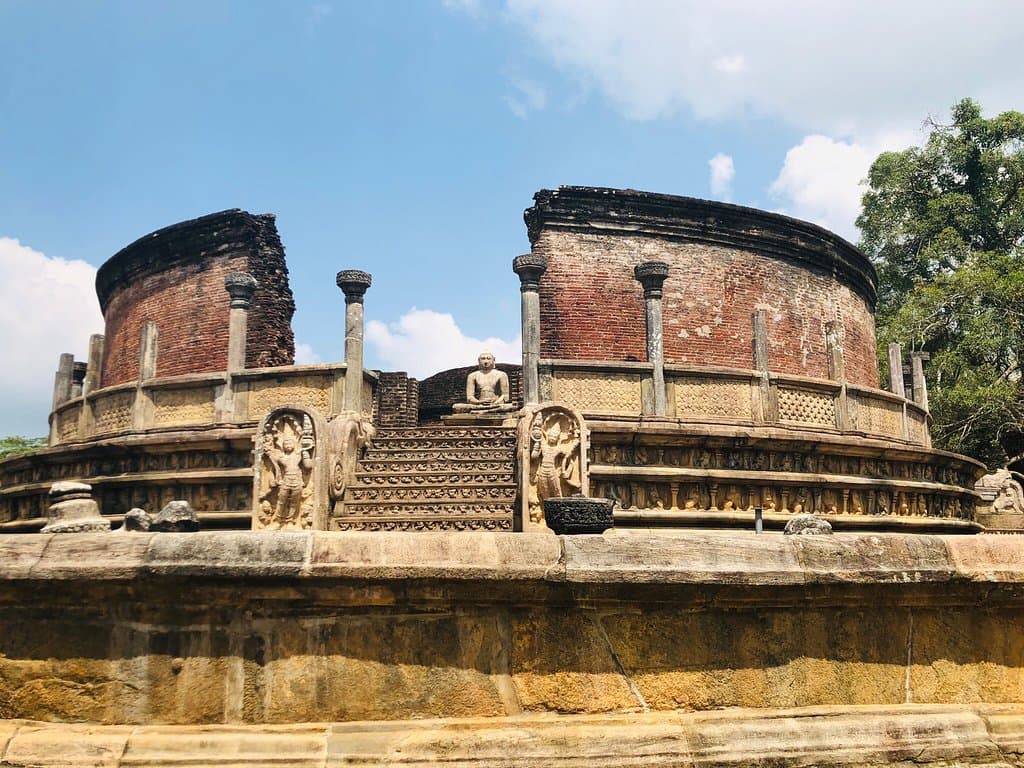
Social
from TikTok, Instagram & Reddit